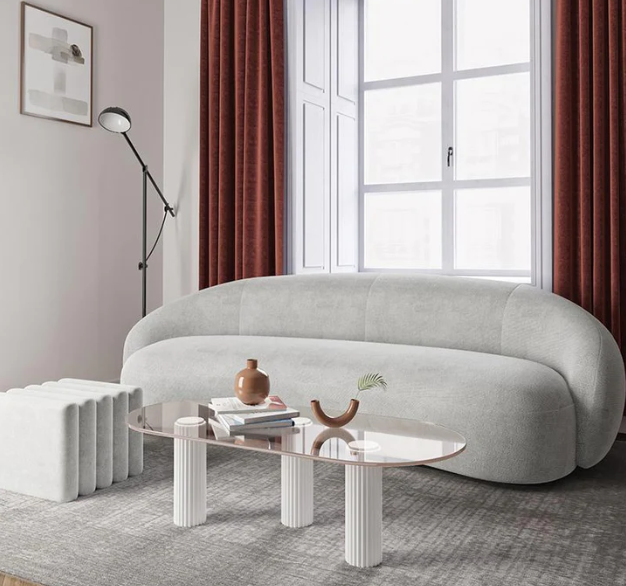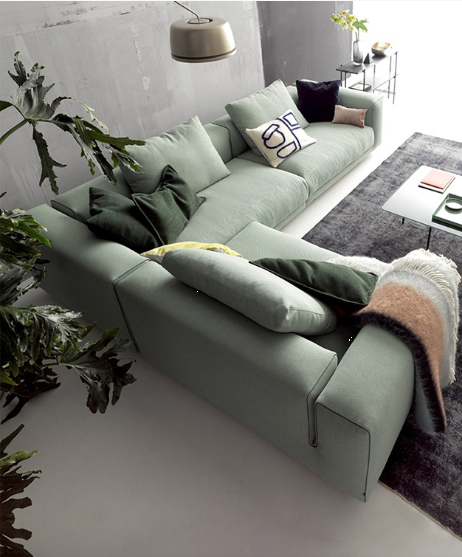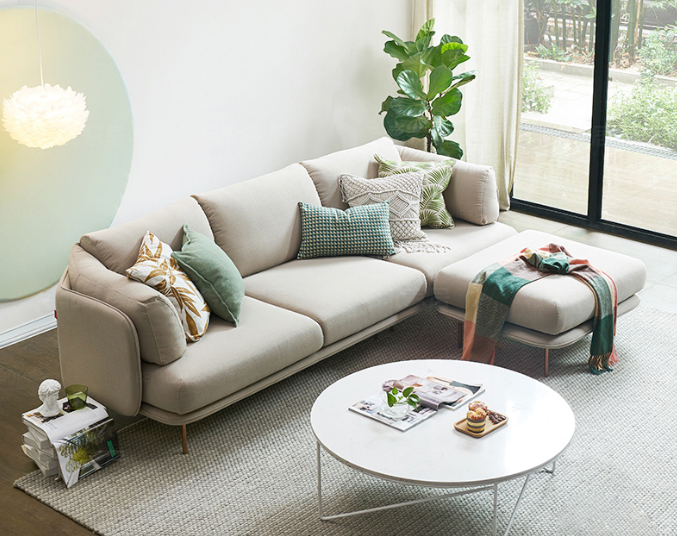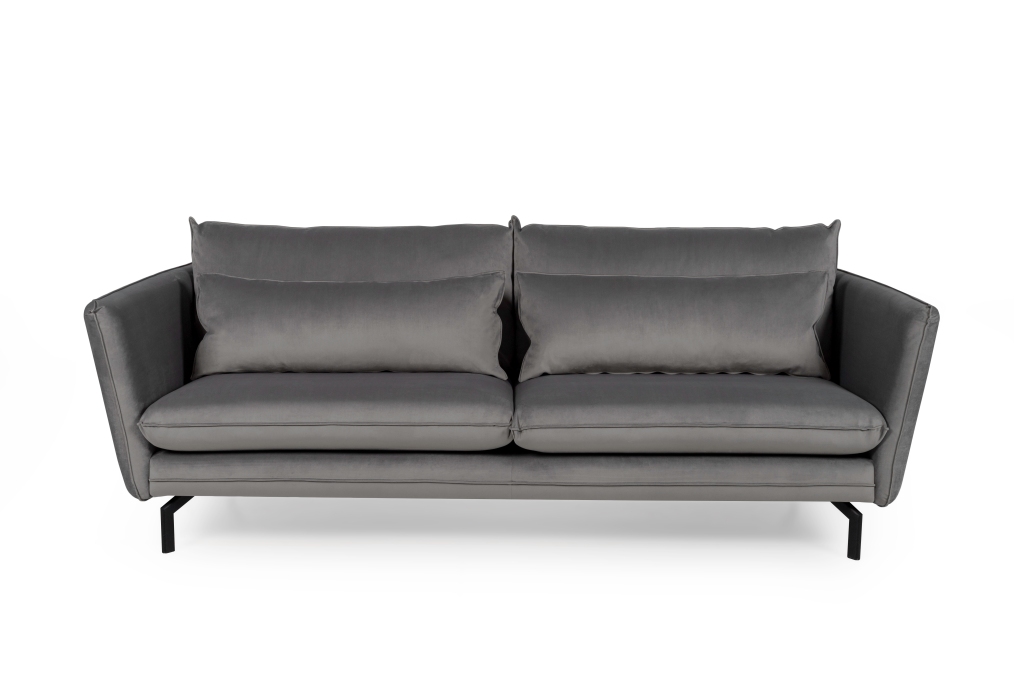
Your living room is the heart of your home, a space where comfort meets style, and where memories are made. Imagine sinking into a plush, inviting sofa after a long day, surrounded by the elegance of a sophisticated design. Introducing the Elford Fabric 3 Seater Sofa – the perfect amalgamation of comfort, durability, and timeless style.
Available in two refined colors, navy and grey, this sofa isn’t just furniture; it’s a statement piece. The color options offer versatility, blending seamlessly with various interior design aesthetics, whether modern, classic, or eclectic.
What truly sets the Elford Sofa apart is its impeccable craftsmanship. Crafted with a focus on both form and function, its plush cushioning and sturdy frame offer unparalleled support, ensuring hours of relaxation without compromising on comfort. Whether enjoying a movie night with loved ones or curling up with a book, this sofa provides the perfect sanctuary.
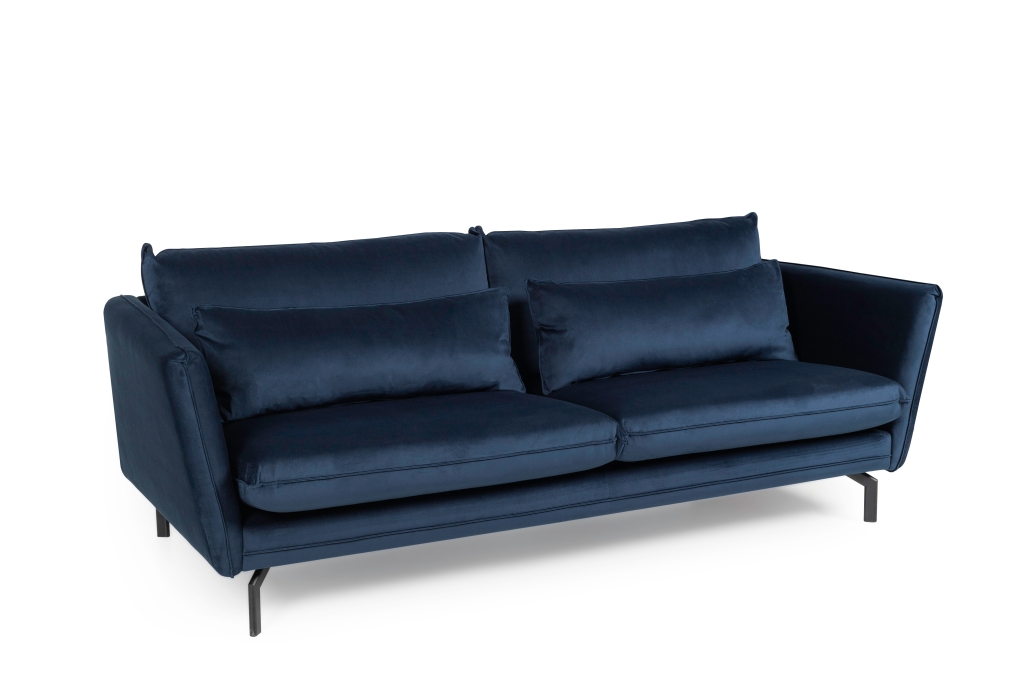
The sleek design of the Elford Sofa isn’t just about looks; it’s about enhancing the ambiance of your living room. Its clean lines and sophisticated silhouette add an air of refinement, elevating the aesthetic appeal of any space. It’s not just a place to sit; it’s a centerpiece that ties the room together.
Durability is a hallmark of this sofa. Made from high-quality fabric, it’s not just easy to clean but also built to withstand the rigors of everyday life. Say goodbye to worrying about spills or stains – maintaining this sofa is a breeze, ensuring it remains as stunning as the day it arrived in your home.
Investing in the Elford Fabric 3 Seater Sofa isn’t just about an upgrade; it’s about making a lasting investment in your comfort and style. Its quality construction ensures longevity, promising years of cozy evenings and welcoming gatherings.

Your living room deserves the best, and the Elford Sofa delivers just that – a perfect blend of comfort, style, and durability. Make the Elford Fabric 3 Seater Sofa the centerpiece of your living space and transform it into a haven of relaxation and sophistication. Upgrade your home today with the Elford Sofa and redefine the way you experience comfort and elegance.


